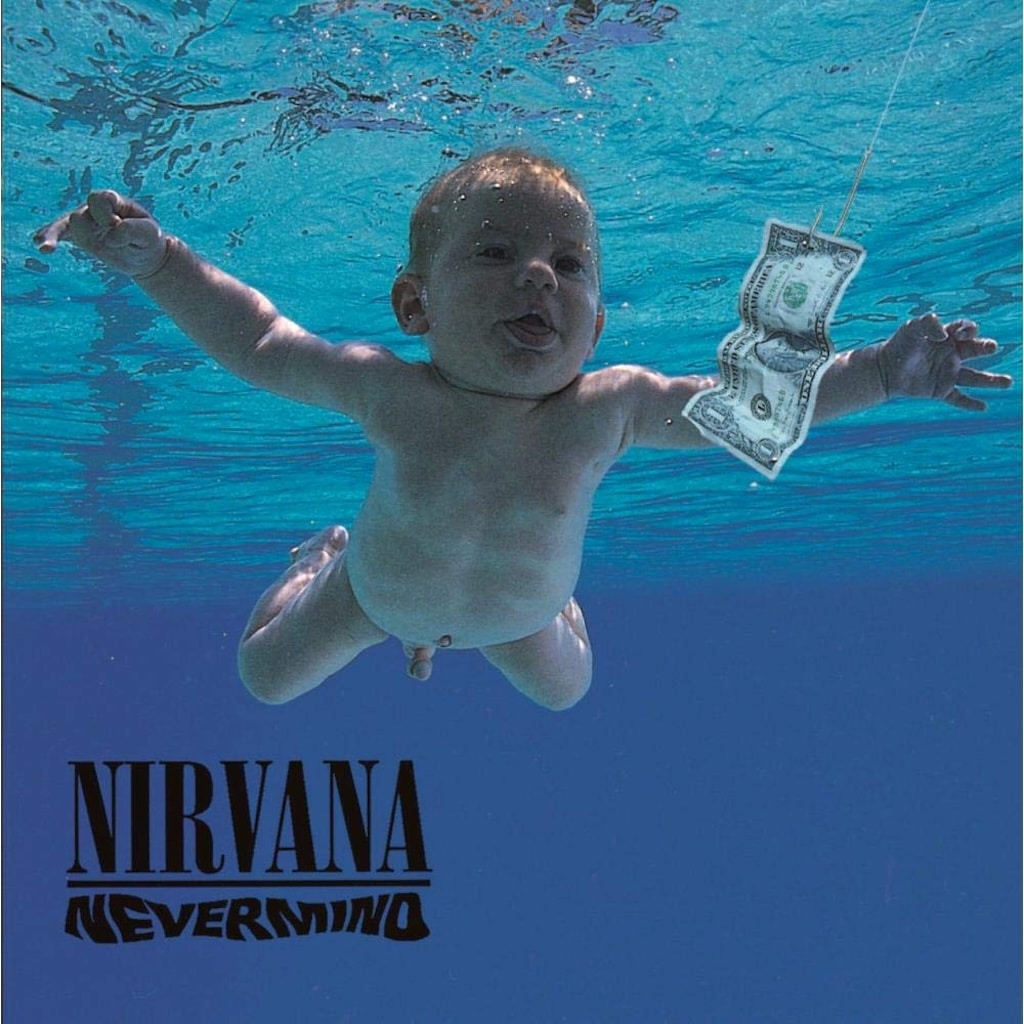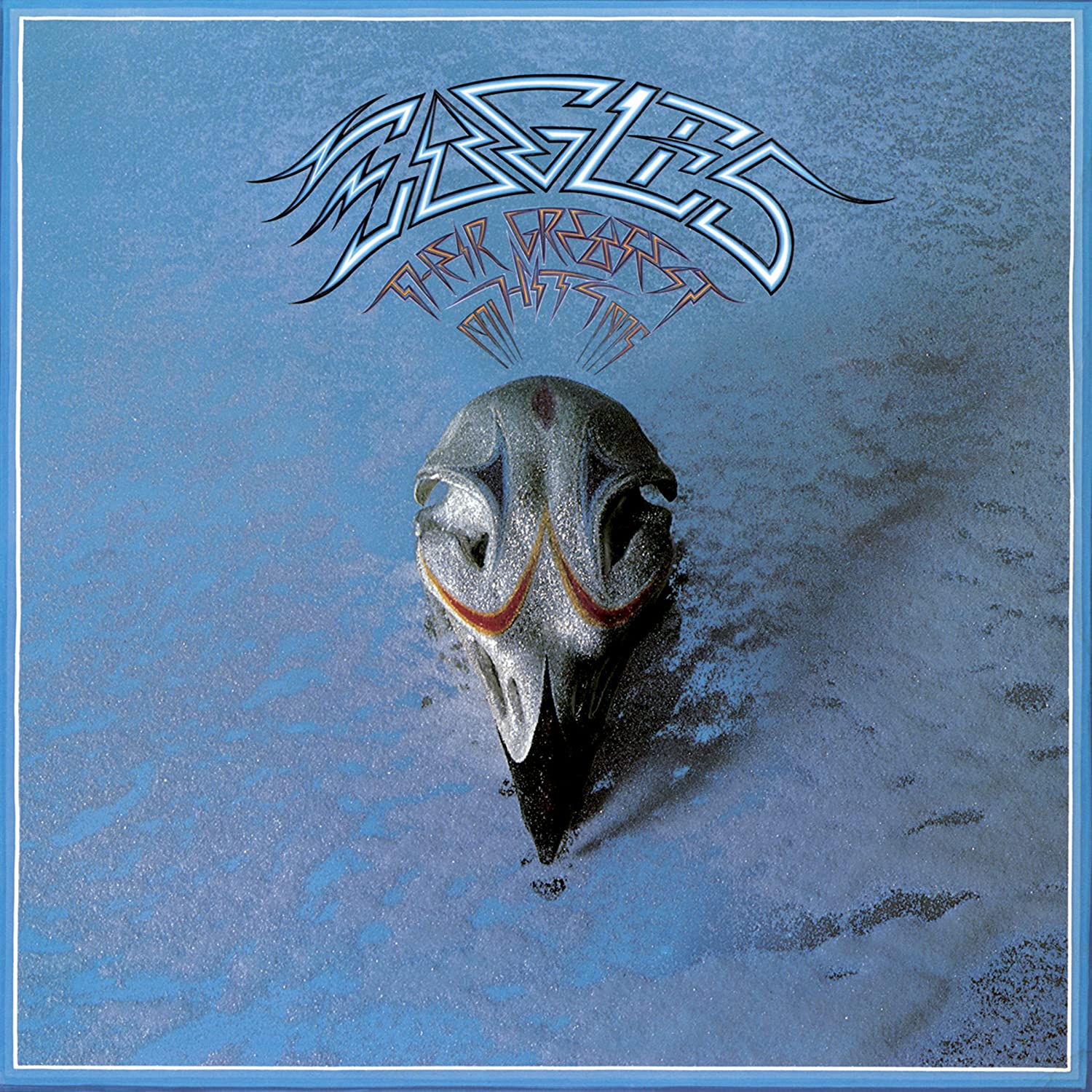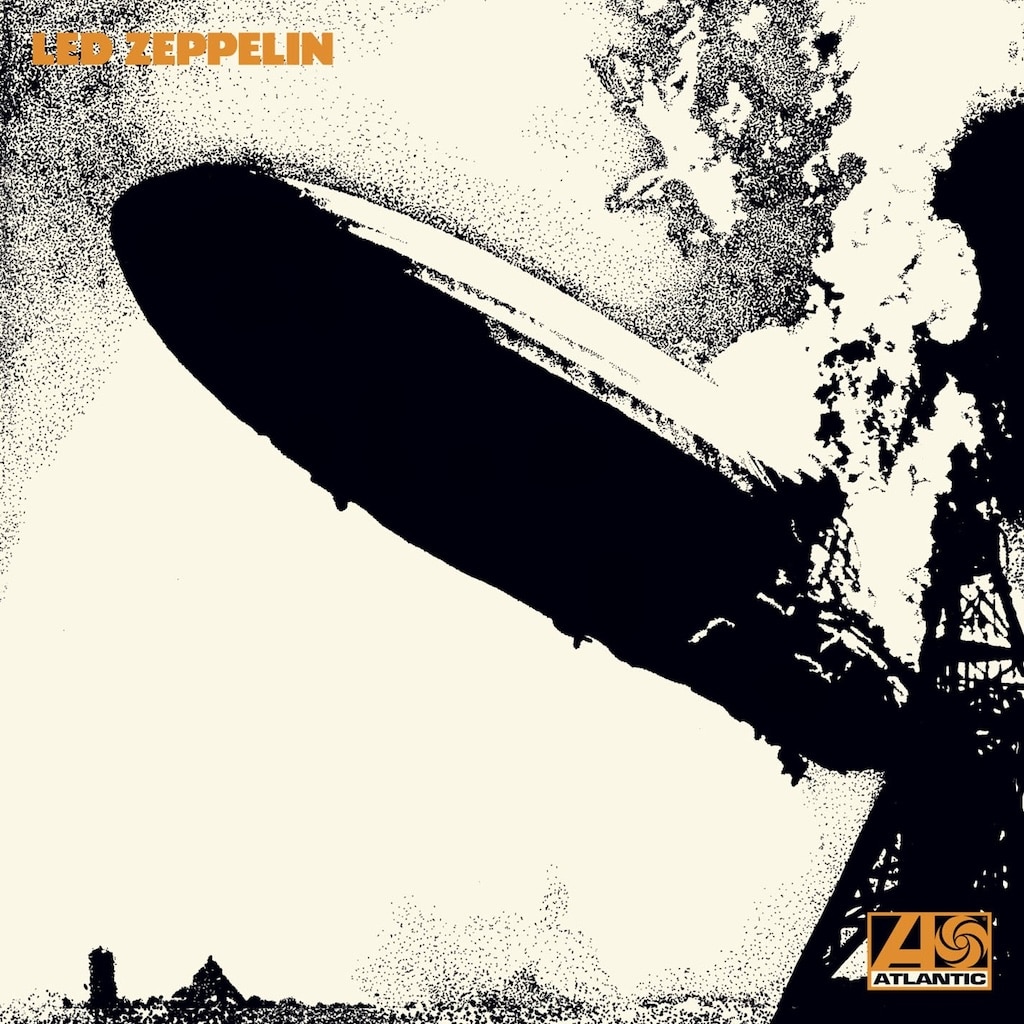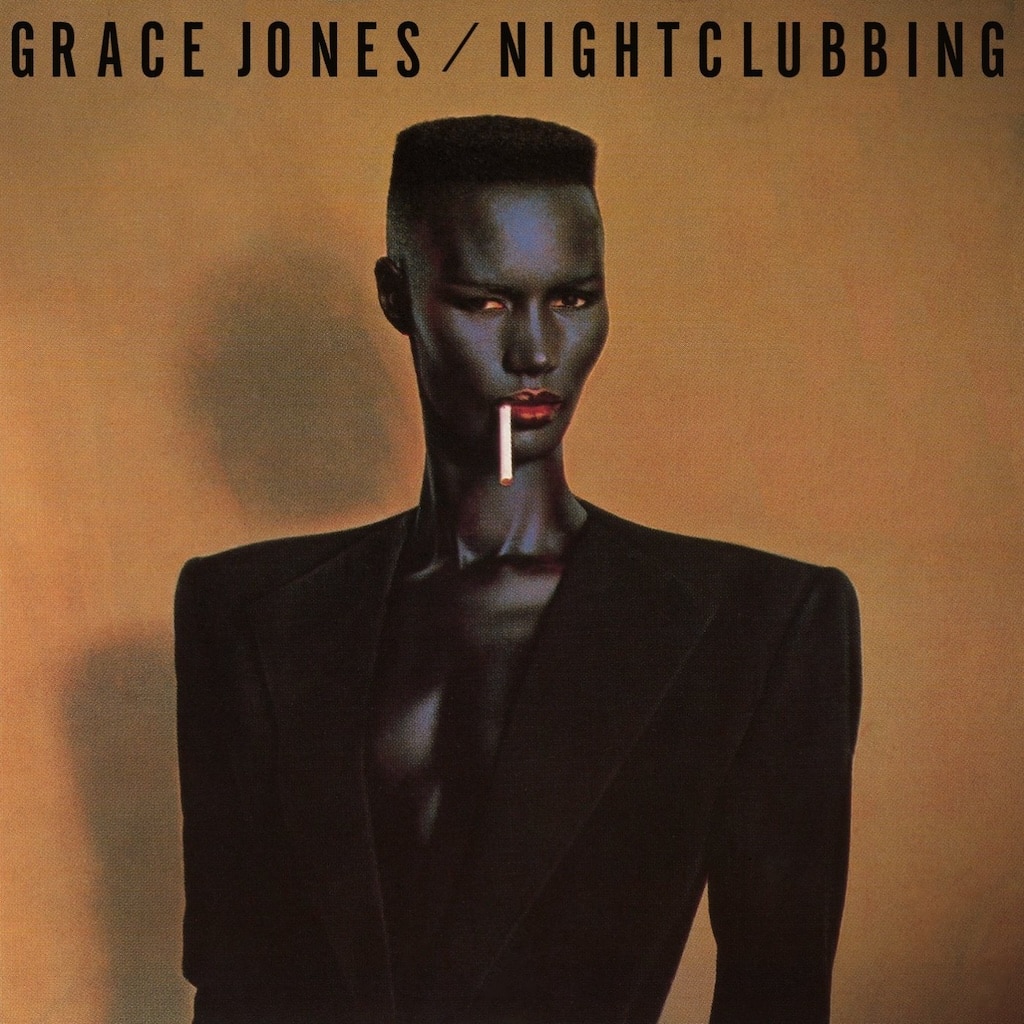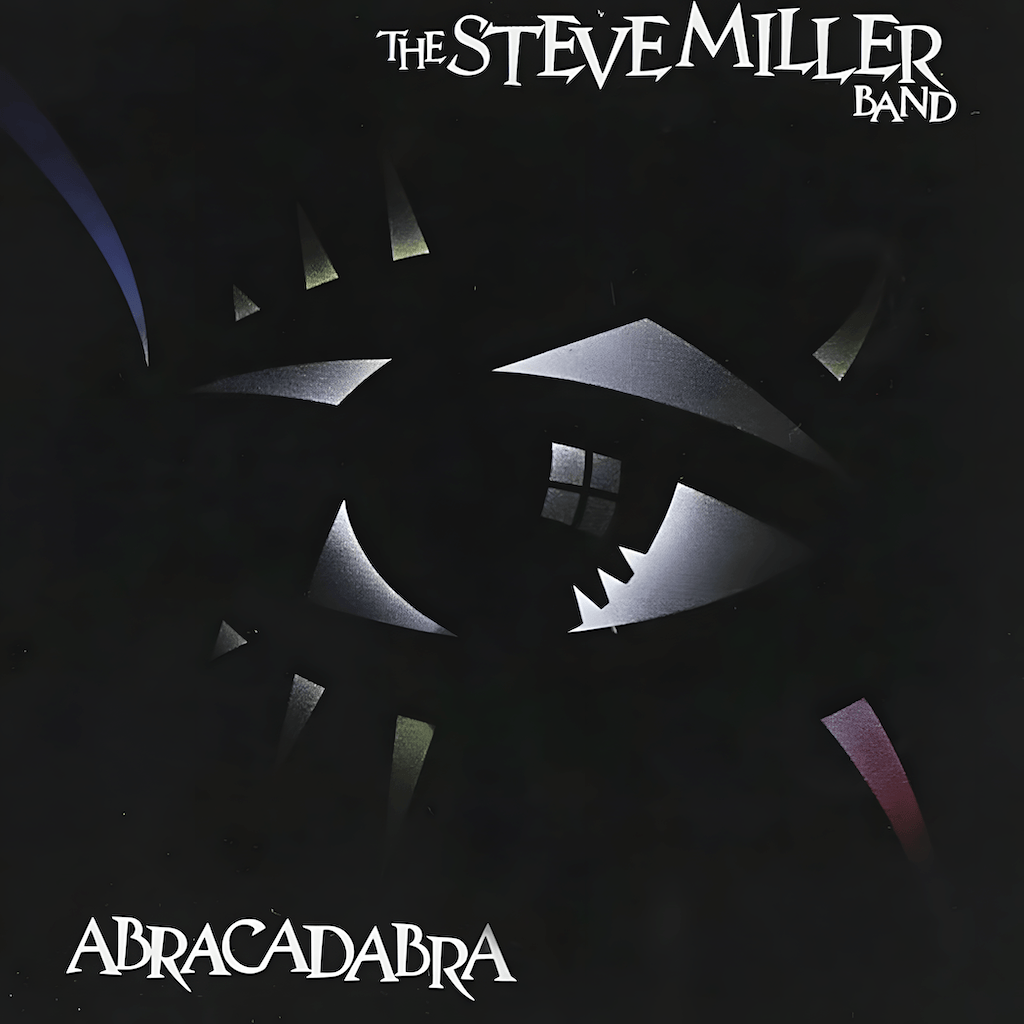
The Steve Miller Band | Abracadabra
The Steve Miller Band’s “Abracadabra,” released in June 1982, is a striking example of how album cover art can capture the spirit of an era and the essence of the music within. The cover, designed by the renowned art director Jeff Wack, is a bold, surreal image that immediately draws the eye: a stylised, geometric face rendered in sharp black and white, with a single, hypnotic eye at its centre. Radiating lines and angular shapes give the impression of movement and magic, perfectly echoing the album’s title and its themes of illusion, transformation, and pop alchemy.
The backstory of the “Abracadabra” cover art is rooted in the early 1980s’ fascination with futuristic design and visual experimentation. Jeff Wack, working with Capitol Records’ art department, sought to create an image that would stand out in record store bins and on posters, while also reflecting the album’s playful, mysterious vibe. The face on the cover is both human and mask-like, suggesting the idea of hidden identities and the transformative power of music. The hypnotic eye at the center is a direct nod to the album’s title, evoking the classic magician’s phrase and the sense of wonder that comes with it. The use of stark contrasts and sharp lines was a deliberate choice, aligning the album visually with the sleek, high-gloss production values that defined much of early 1980s pop and rock.
The design’s minimalist color palette—primarily black, white, and silver—helped the album stand out in a marketplace crowded with neon and pastel covers. The geometric abstraction also gave “Abracadabra” a timeless quality, making it feel both of its moment and strangely futuristic. The cover’s visual impact was further enhanced by the album’s logo, which used a custom, angular typeface that reinforced the sense of magic and modernity. This attention to visual detail was in keeping with Steve Miller’s reputation for blending musical craftsmanship with a keen sense of style and presentation.
Culturally, “Abracadabra” arrived at a pivotal moment when the music industry was undergoing rapid and profound change, marked by the explosive rise of MTV and the increasing importance of visual identity in pop and rock music. The early 1980s saw artists and bands embracing music videos and striking album art as essential tools for reaching wider audiences and standing out in a crowded marketplace. The album’s cover art, with its bold, enigmatic imagery and hypnotic design, fit perfectly into this new visual landscape, helping to cement the Steve Miller Band’s relevance and appeal in the 1980s.
The title track, “Abracadabra,” became a massive hit, reaching number one on the Billboard Hot 100 and topping charts around the world. Its infectious synth-driven groove, playful lyrics, and instantly catchy chorus made it a staple of radio airplay and one of the defining songs of the era. The song’s popularity was further amplified by its presence in early music video rotations on MTV, introducing the band to a new generation of fans who were as captivated by the visuals as by the music itself. In this way, “Abracadabra” not only reflected the changing dynamics of the music industry but also played an active role in shaping the sound and style of the decade.
Commercially, “Abracadabra” was a major success, revitalizing the Steve Miller Band’s career and earning platinum certification in the United States. The album’s blend of pop, rock, and new wave influences resonated with audiences, while its sleek production and memorable hooks ensured its place in the decade’s musical landscape. Critics praised the title track’s irresistible energy and the album’s polished sound, though some noted a shift away from the bluesy roots of the band’s earlier work. Nevertheless, “Abracadabra” demonstrated Steve Miller’s ability to adapt and thrive in a changing musical environment.
The cover art for “Abracadabra” has endured as a symbol of the album’s magical, transformative spirit. Its hypnotic imagery and modernist design continue to be celebrated by fans and collectors, serving as a visual shorthand for the album’s blend of mystery, fun, and pop wizardry. Decades after its release, “Abracadabra” remains a testament to the power of music—and album art—to enchant, surprise, and endure.

